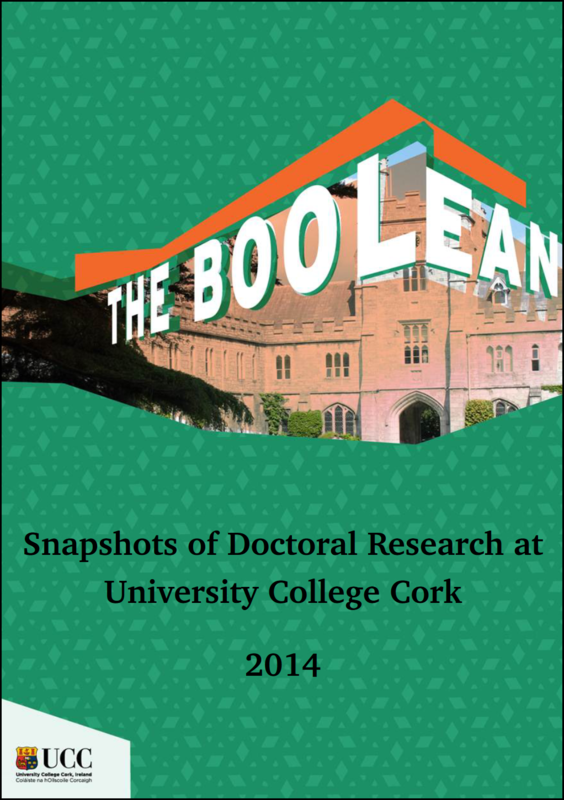Water and agriculture: a love/hate relationship
DOI:
https://doi.org/10.33178/boolean.2014.14Abstract
Although the majority of our planet is covered with water, 97 per cent of this is unsuitable for human consumption as it is too salty. Most of the remaining 3 per cent is found in land-ice which is predominately inaccessible, leaving less than 1 per cent available to humans and other animals in surface and ground waters. Water transports many substances, such as nutrients required by organisms, e.g. nitrogen (N) and phosphorus (P), but also many pathogens that cause disease. As a result, ensuring an adequate quantity of good quality water is critical to ensure human and ecosystem health into the future. Food is equally important to human survival. Many other essential ingredients for life, such as carbohydrates, proteins, and fats, are only found in certain foods. This means agriculture is the most important activity on Earth, and accounts for about 80 per cent of freshwater usage; thus, the two ...Published
2014-01-01
Issue
Section
Articles
License
Copyright (c) 2014 the author(s)

This work is licensed under a Creative Commons Attribution-NonCommercial-NoDerivatives 4.0 International License.



